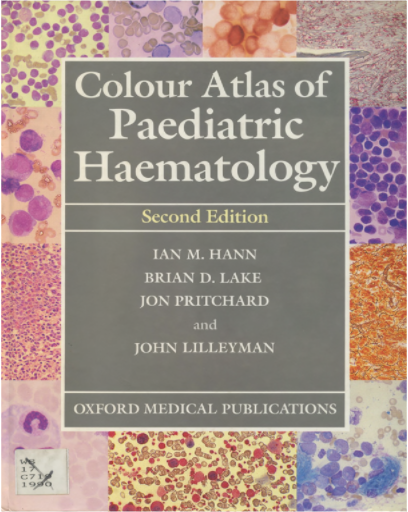 This is the second edition of an important practical manual for hematologists, pediatric oncologists, and pathologists. It is intended to help practitioners interpret pediatric blood films, bone marrows, and lymph-node touch preparations, and particularly with regard to the important differences between age groups. The book focuses on the most frequently encountered cases, however those requiring more complex tests are also included. The new edition has been substantially revised and includes many new figures and an improved layout for greater ease of use. 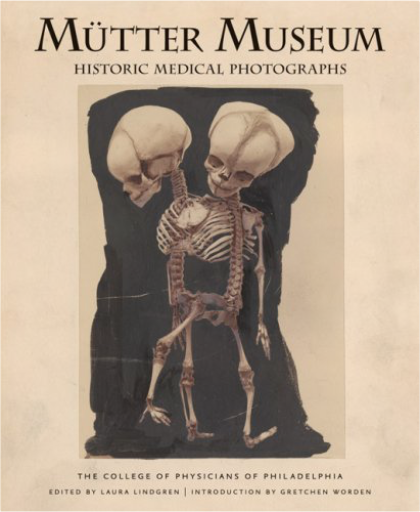 The first book on the Mütter Museum contain artful images of the museum's fascinating exhibits shot by contemporary fine art photographers. Here, the focus is on the museum’s archive of rare historic photographs, most of which have never been seen by the public. Featured are poignant, aesthetically accomplished works ranging from Civil War photographs showing injury and recovery, to the ravages of diseases not yet conquered in the 19th century, to pathological anomalies, to psychological disorders. Many were taken by talented photographers between the 1860s and the 1940s as records for physicians to share among colleagues and to track patients’ conditions, and demonstrate various techniques used in medical photography including the daguerreotype, micrography, X ray, and traditional portrait-style photography. As visual documents of what humans endured in the face of limited medical knowledge, these extraordinary and haunting photographs demonstrate how far medicine has advanced.  People, flowers, memories: how do we preserve the past? Set in Cumbria's Lake District, the shifting mosaic of the narrative explores life, love and prejudice through three very different women: Ruth, a taxidermist; Madeleine, a widowed sheep-farmer; and, Lisa, an achondroplasic mathematician. As Lisa is drawn into the group it becomes clear that the other women have strange secrets: Ruth's essays on embalming have an increasingly dark theme. "The Embalmer's Book of Recipes" is a story about harsh decisions: eugenics in the post-genomic age; the politics of marginalising people and communities; the desperate responses to Foot & Mouth Disease; and, the illogicality of human love.But these stark themes are offset by the warmth and humour of the rural community to which the women are bound. 'An intriguing novel in a haunting setting, rich in texture, humorous and concerned, raising important questions about science and our relation to the natural world, to the individuals we know and to the communities we live in. A lovely book' - Jenny Uglow. 'A many-faceted book of science, academia and contemporary country life in the Lake District. The account of the dreadful days of foot-and-mouth disease in the last epidemic is agonising and the Cumbrian accent is perfect' - Jane Gardam. 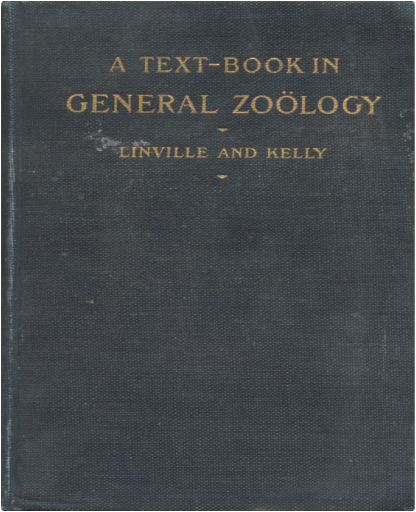 Lang:- eng, Pages 493. Reprinted in 2015 with the help of original edition published long back[1906]. This book is in black & white, Hardcover, sewing binding for longer life with Matt laminated multi-Colour Dust Cover, Printed on high quality Paper, re-sized as per Current standards, professionally processed without changing its contents. We found this book important for the readers who want to know more about our old treasure so we brought it back to the shelves. Hope you will like it and give your comments and suggestions. 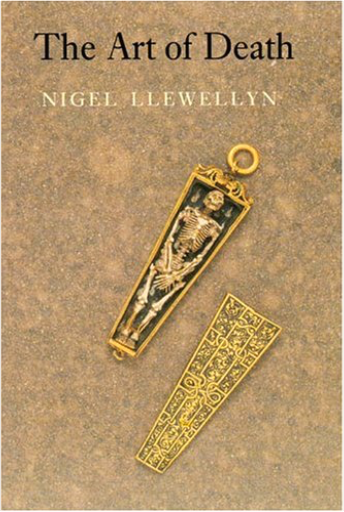 How did our ancestors die? Whereas in our own day the subject of death is usually avoided, in pre-Industrial England the rituals and processes of death were present and immediate. People not only surrounded themselves with memento mori, they also sought to keep alive memories of those who had gone before. This continual confrontation with death was enhanced by a rich culture of visual artifacts. In The Art of Death, Nigel Llewellyn explores the meanings behind an astonishing range of these artifacts, and describes the attitudes and practices which lay behind their production and use. 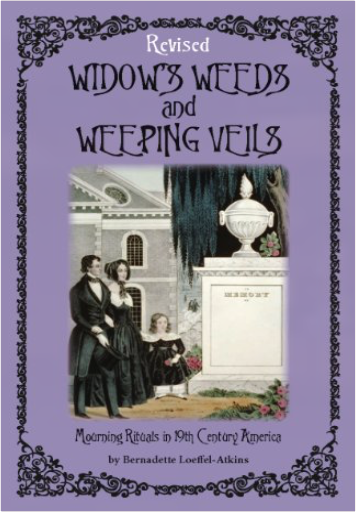 In the nineteenth-century, death was an ever present companion. High infant mortality and risk in childbirth, disease and warfare were daily reminders of the impermanence of life and the inevitability of death. The Victorian era both in Europe and America saw the rituals of mourning rise above the practical use of providing closure for those left behind. Mourning became an art form through which is not only grief, but also religious feeling, social obligation, and even fashion could be expressed. Widow's Weeds and Weeping Veils explores how Victorians viewed death and dying, describing the cultural and social changes that occurred as a result of the historical events of their time. This concise, informative work is ideal for students of the nineteenth- century, Civil War enthusiasts and anyone interested in Victorian era culture. | 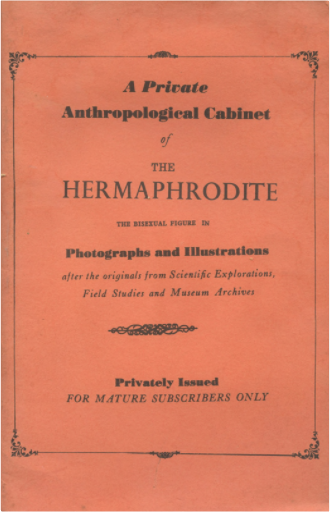 B0014NRISO 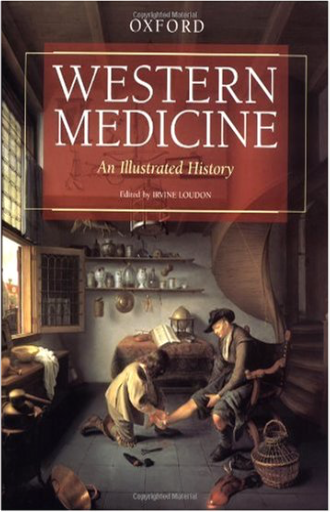 From ancient religious rituals and magical incantations, to Renaissance practices such as purging, bleeding, and trepanning, to modern day miracles such as antibiotics, CAT scans, and organ transplants, the advance of western medicine has been nothing short of astonishing. Now, in this richly illustrated volume—boasting 150 pictures, including 24 pages of color plates—readers have an authoritative and wide-ranging history of Western medicine, charting the great milestones of medical progress, from the birth of rational medicine in the classical world right up to the present day. 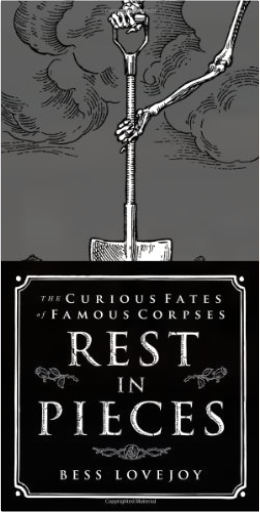 IN THE LONG RUN, WE’RE ALL DEAD. |

Morbid Anatomy Museum
Collection Total:
1,253 Items
1,253 Items
Last Updated:
Jan 26, 2016
Jan 26, 2016


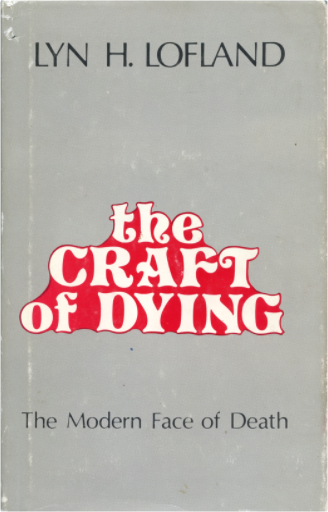
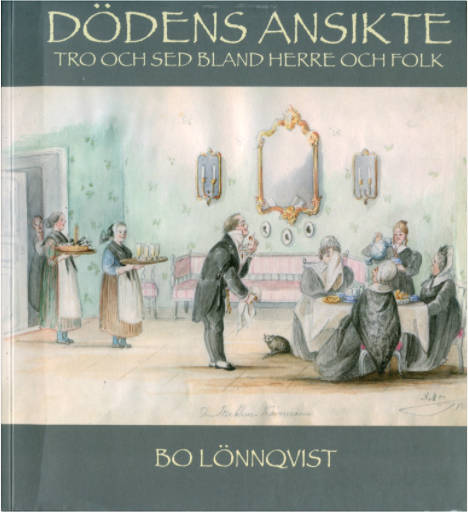


 Made with Delicious Library
Made with Delicious Library